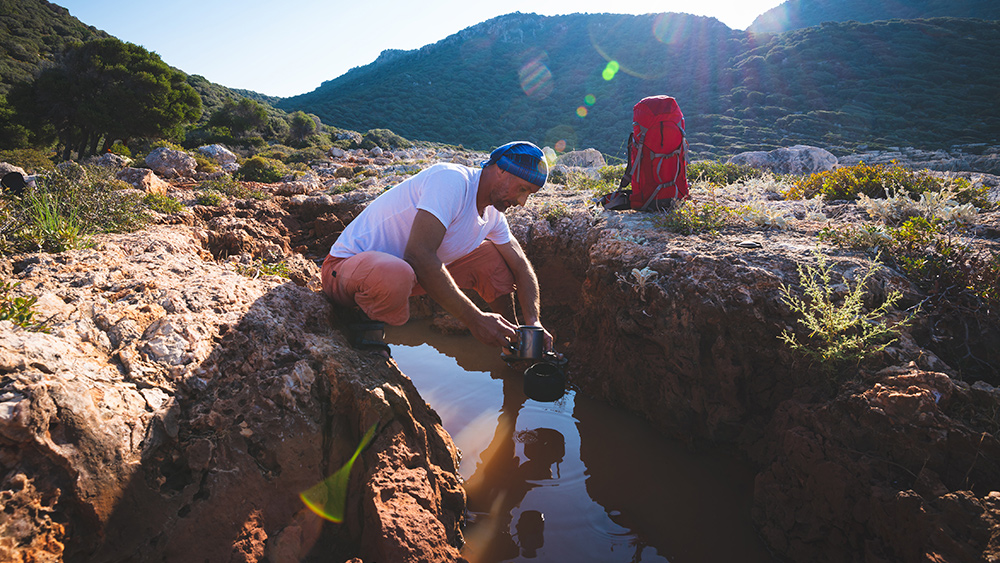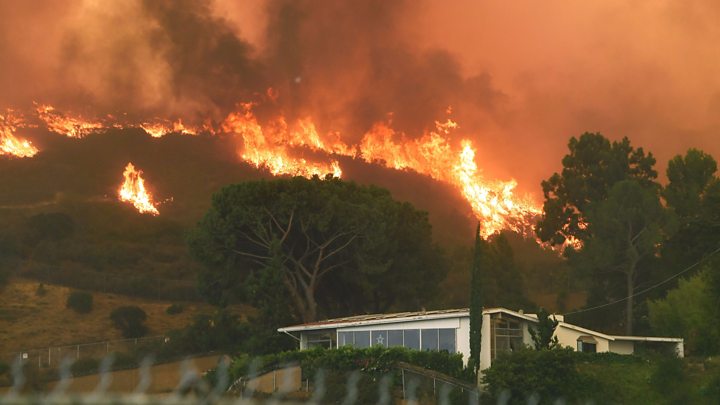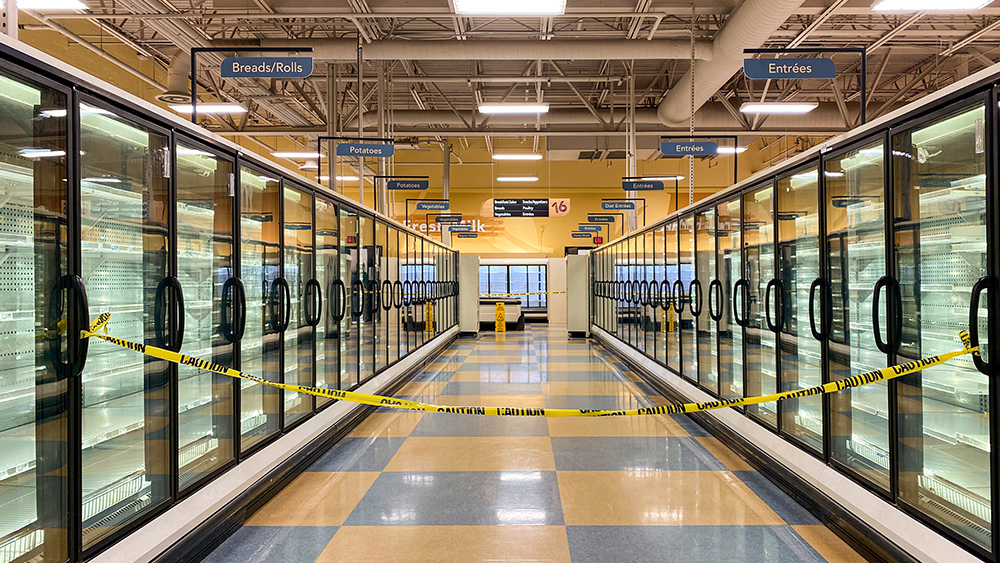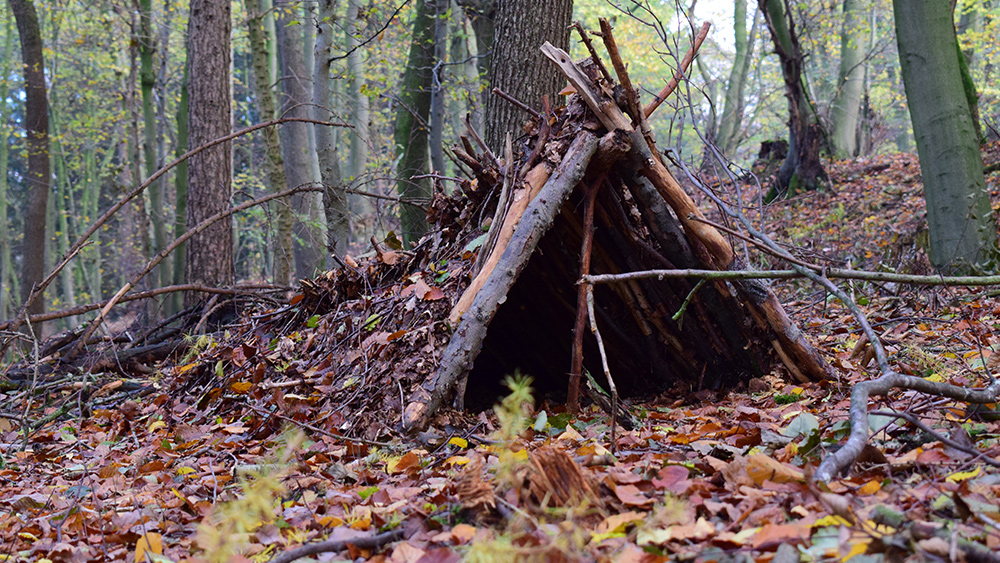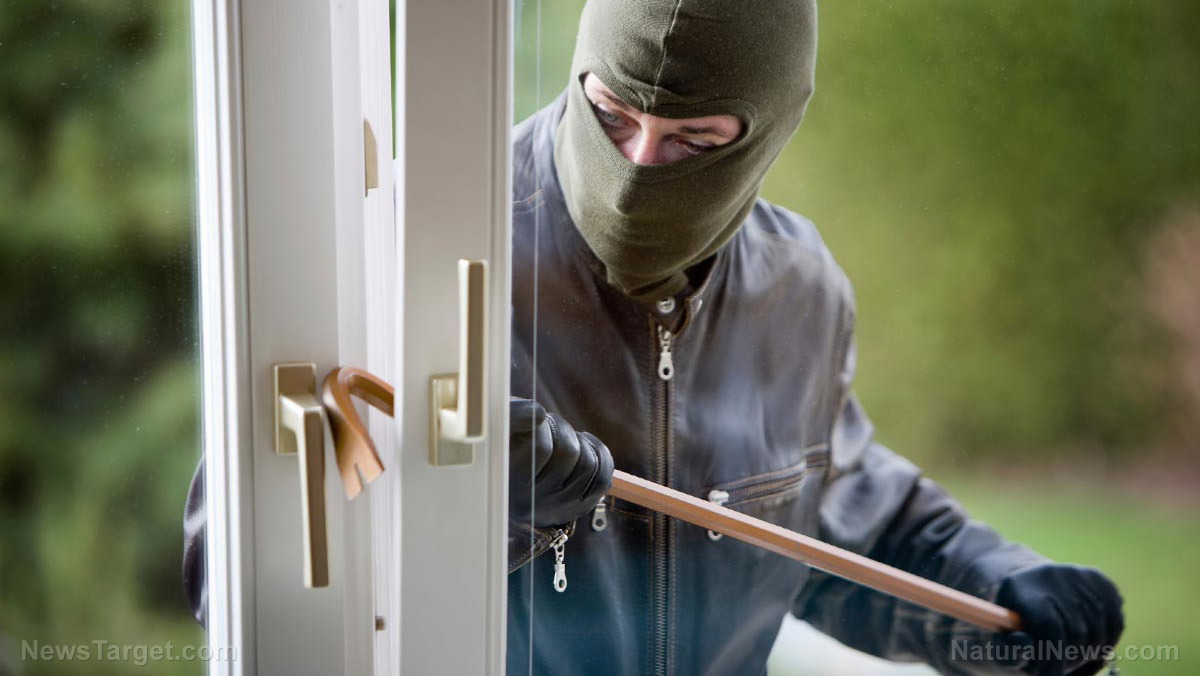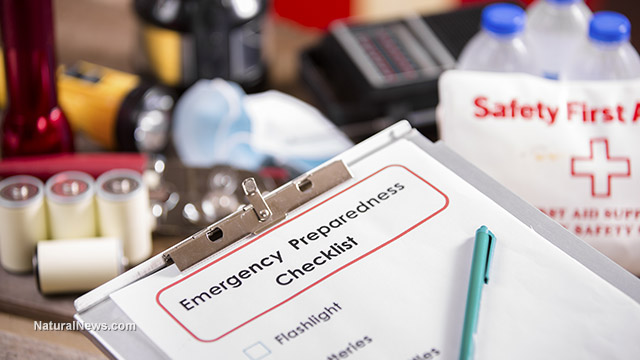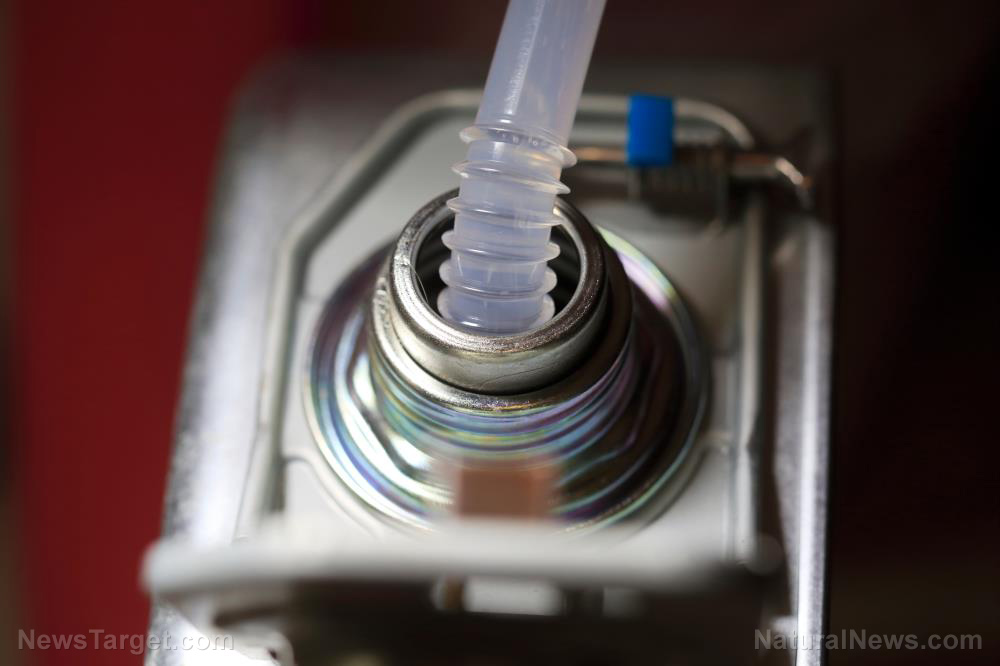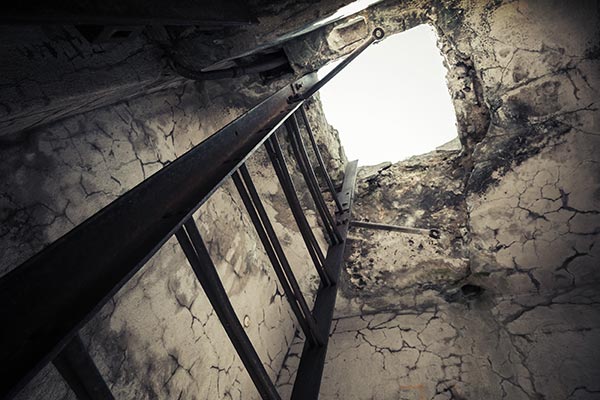Salt: How and why to store this survival essential
01/03/2022 / By Cassie B.
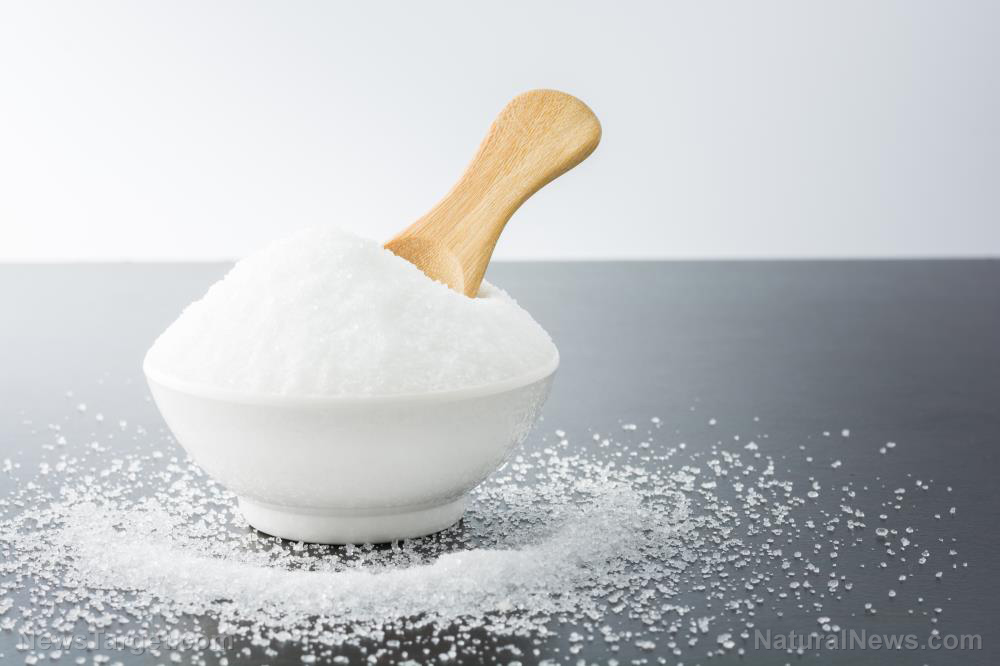
No good list of must-have items for survival would be complete without salt. It might not occupy the same position of urgency as water or food in general, but it’s a fact that the human body cannot survive without at least some sodium.
Salt is the main source of sodium and chloride ions in our diets, and sodium is essential for muscle and nerve function as well as regulating fluids in the body. It also plays a role in controlling blood pressure. And even though sodium gets a bad rap for its potential link to hypertension, humans, like all animals, do require some salt to survive.
What happens if we don’t get enough of it? Too little sodium can cause your body to retain fluid, and sodium deficiencies may lead to dizziness, confusion, fatigue, weakness, vomiting and seizures – all things you don’t want to deal with under normal circumstances, much less in a SHTF scenario.
The good news is that it’s not difficult to store salt in the long term. This means that if you are prepping, you can start storing salt today. This is particularly important if you have animals or livestock because they also need salt, and it may be difficult to obtain in a SHTF situation – and it isn’t possible to grow it yourself. In addition to being a superior flavor enhancer, it is useful for food preservation, such as pickling, canning and curing meat. It’s also a vital ingredient for making homemade electrolyte drinks.
Common Sense Home recommends storing somewhere between between 10 and 40 pounds of salt per person per year. If you plan to use salt to preserve food or for canning or curing, you’ll want to save amounts toward the higher end of the range. Thankfully, that pure salt without additives can last forever and may even outlast the container you keep it in.

Tips for long-term salt storage
First, it is a good idea to buy bulk salt when it is on sale. You may be able to pick up 50 pounds or more at a good rate if you shop carefully. Just keep in mind how heavy salt is when choosing your containers as even smaller containers may be difficult to move or stack when full.
If you’re stocking up, iodized salt is a good choice because it contains iodine, which is needed by the body for a variety of functions. Sea salt is a more natural choice, however, and it is always possible to get iodine from other types of food, such as kelp and nori.
If you plan to do canning or fermenting with your salt, sea salt or pickling salt will work well, whereas iodized salt may cause your preserved foods to darken. Keep in mind that seasoned salts will not last indefinitely. You’ll also want to avoid salts that contain anti-caking agents for long-term storage as their shelf life is more limited.
You’ll want to store your salt in an airtight container in a cool, dry place because salt can pick up moisture and flavors from the air. However, salt is not temperature-sensitive, so you can technically keep it in hot and cold areas alike if necessary.
Common Sense Home recommends storing salt in Mylar or food grade buckets with moisture absorbers. Using cardboard, paper or unsealed metal containers is not recommended. You can also use glass jars if desired, but keep in mind that jars with metal lids may rust after a long time.
When it comes to prepping, it’s important to understand the many potential uses of salt when calculating how much your family will need in the long term. From baking bread and enhancing the taste of food to making electrolyte drinks and preserving or canning, this is one pantry staple you won’t want to run out of.
Sources for this article include:
Tagged Under: emergency food, food freedom, Food storage, food supply, homesteading, off grid, preparedness, prepper, prepping, salt, SHTF, sodium, storable food, Storage, survival
Get independent news alerts on natural cures, food lab tests, cannabis medicine, science, robotics, drones, privacy and more from NewsTarget.com
Get independent news alerts on natural cures, food lab tests, cannabis medicine, science, robotics, drones, privacy and more from NewsTarget.com
RECENT NEWS & ARTICLES
COPYRIGHT © 2017 · SURVIVAL NEWS



